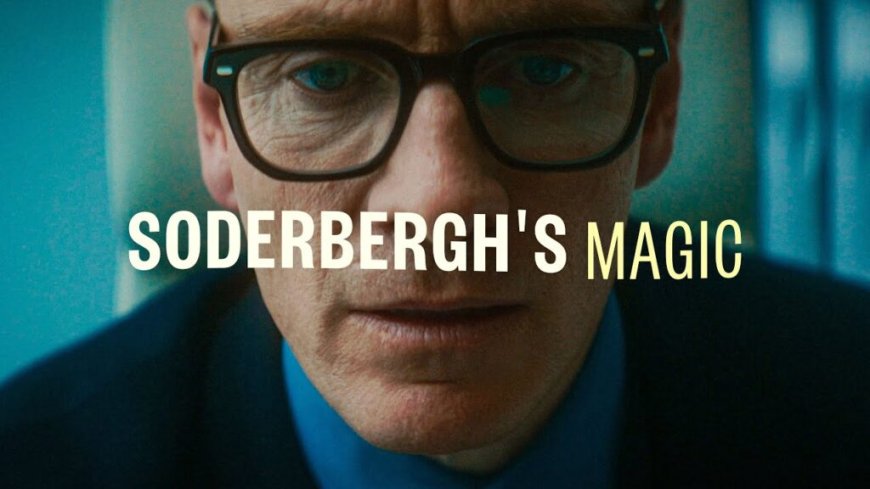How Steven Soderbergh Directs a Scene & Makes It Great
Steven Soderbergh was one of the earliest filmmakers to break out in what’s now called the “Indiewood” movement of the nineteen-nineties. He was early enough, in fact, to have done so in the eighties, with the Palme d’Or-winning Sex, Lies, and Videotape. His subsequent films have been many and varied, even more so than those […]

Steven Soderbergh was one of the earliest filmmakers to break out in what’s now called the “Indiewood” movement of the nineteen-nineties. He was early enough, in fact, to have done so in the eighties, with the Palme d’Or-winning Sex, Lies, and Videotape. His subsequent films have been many and varied, even more so than those of his Indiewood peers Spike Lee, Robert Rodriguez, and Quentin Tarantino. Some, like Schizopolis, Bubble, The Girlfriend Experience, and Let Them All Talk, have been more “indie”; others, like, Out of Sight, Erin Brockovich, and the Ocean’s and Magic Mike series, have been more “Hollywood.” But wherever on the one-for-them-and-one-for-me spectrum he’s worked, never has he compromised on his craft.
To illuminate this dedication, Evan Puschak, known on YouTube as the Nerdwriter, breaks down a scene from Soderbergh’s latest picture in the video above. Black Bag, which came out this past March, is a mid-budget thriller, a form that has proven fruitful for the director in recent decades.
It’s proven creatively fruitful, at any rate, if not always financially; already, Soderbergh himself has publicly expressed his disappointment with the movie’s box-office performance. But if audiences have overlooked Black Bag, they haven’t done so due to its shoddy work. In even one minor, transitional scene under two minutes long, Puschak explains, we can identify numerous directorial choices that make everything work effectively.
Examining each of the scene’s eleven shots (a blessedly patient editing rhythm, by today’s standards), Puschak points out Soderbergh’s cuts, framings, camera placements, movements, and focal lengths, explaining the relevance of each to the story playing out. This isn’t just a fanboy’s auteurism: Soderbergh always operates his own camera and edits his own footage, crediting the jobs to pseudonyms. That this practice leaves his movies with a deep authorial stamp, whatever their subject matter or target audience, is obvious; what’s less clear is how he’s managed to keep it up while making a feature every year, on average, since Sex, Lies, and Videotape. If, after all this, you’re somehow not sold on watching Black Bag, just wait for Soderbergh’s next movie — which that most “efficient and creative cinematic problem solver” already finished shooting three months ago.
Related Content:
Why the Tavern Scene in Quentin Tarantino’s Inglourious Basterds Is a Master Class in Filmmaking
The Scene That Reveals the Beauty of Classic Hollywood Cinema
Based in Seoul, Colin Marshall writes and broadcasts on cities, language, and culture. His projects include the Substack newsletter Books on Cities and the book The Stateless City: a Walk through 21st-Century Los Angeles. Follow him on the social network formerly known as Twitter at @colinmarshall.



















































